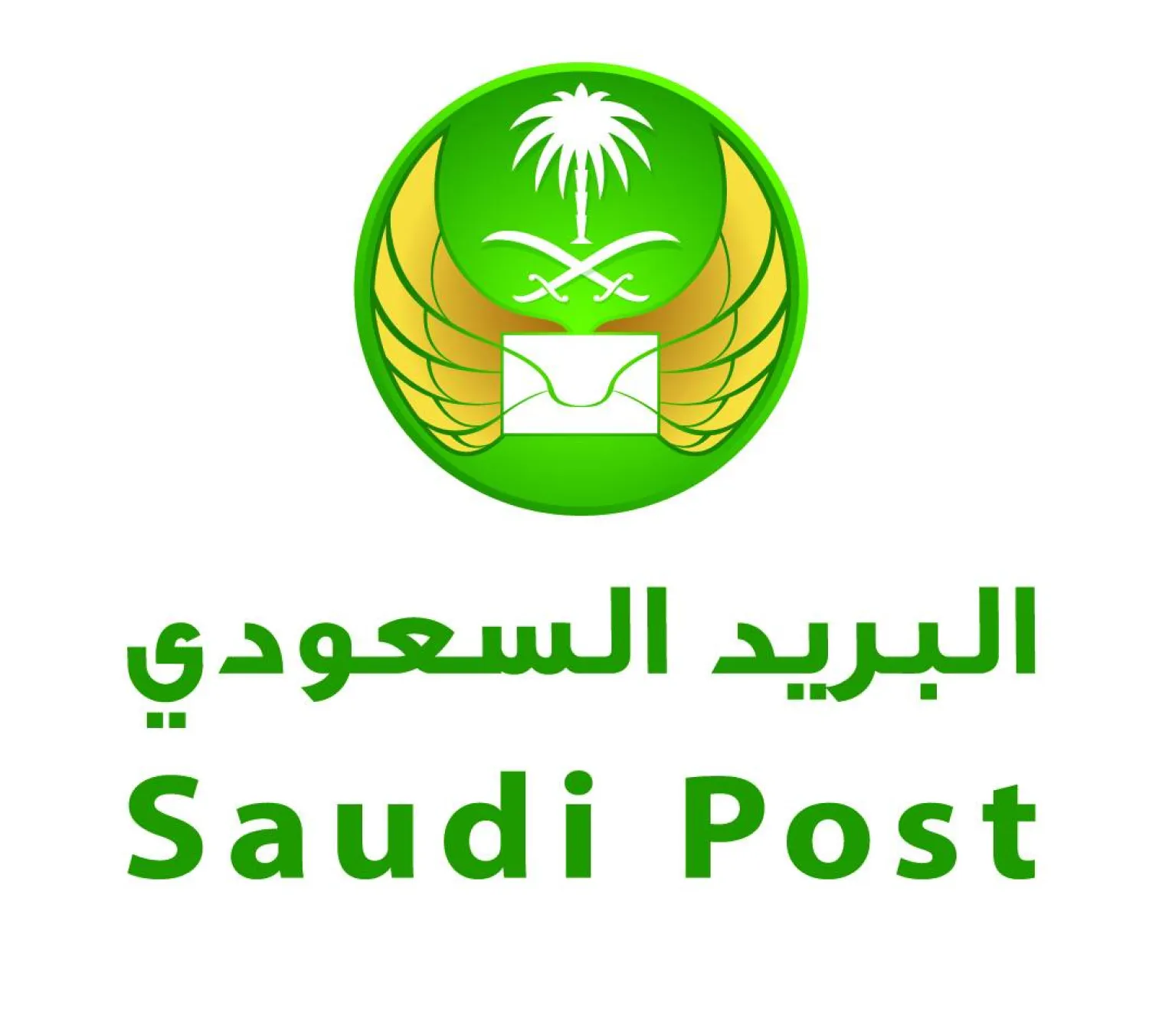Israel was cleared on Thursday to enter the 2026 Eurovision Song Contest by the organizer, prompting Spain, the Netherlands, Ireland and Slovenia to withdraw over the Gaza war and plunging the competition into one of the biggest rows in its history.
The broadcasters who had threatened to boycott the event cited the death count in Gaza and accused Israel of flouting rules meant to guard the contest's neutrality. Israel accuses its critics of mounting a global smear campaign against it.
After a meeting in Geneva, the European Broadcasting Union, or EBU, decided not to call a vote on Israel's participation, saying it had instead passed new rules aimed at discouraging governments from influencing the contest, Reuters said.
Right after that announcement by the contest organizer, the Dutch, Spanish, Irish and Slovenian broadcasters said they would withdraw, meaning singers from their countries would not compete in the contest that draws millions of viewers worldwide.
Ben Robertson, a Eurovision expert from fan website ESC Insight, said the contest's integrity was at its lowest ebb.
"Never in the history of the contest have we had such a vote, and such a split, between the member broadcasters of the European Broadcasting Union," he said.
Both the Israeli government and opposition leaders celebrated the country's inclusion.
Golan Yochpaz, CEO of Israeli broadcaster KAN, likened the efforts to exclude Israel to a form of "cultural boycott."
Rounding on the countries withdrawing, Foreign Minister Gideon Saar said on X: "The disgrace is upon them."
IRELAND SAYS ITS PARTICIPATION 'UNCONSCIONABLE'
The Eurovision Song Contest dates back to 1956 and reaches around 160 million viewers, according to the EBU - more than the almost 128 million recorded for this year's US Super Bowl, according to figures from Nielsen.
Israel's participation has divided opinion in the competition that has a history of entanglement in national rivalries, international issues and political voting.
Its 2025 entrant, Yuval Raphael, was at the Nova music festival, a target of the October 7, 2023 attack by Palestinian group Hamas on Israel that triggered the Gaza war.
A total of 1,200 people were killed and 251 taken hostage in the assault by Hamas, according to Israeli tallies. More than 70,000 people have been killed in Gaza in the ensuing conflict, according to health authorities in the enclave.
Irish broadcaster RTE said it felt "Ireland's participation remains unconscionable given the appalling loss of lives in Gaza and the humanitarian crisis there which continues to put the lives of so many civilians at risk".
Jose Pablo Lopez, head of Spanish state broadcaster RTVE said on X: "What happened in the EBU Assembly confirms that Eurovision is not a song contest but a festival dominated by geopolitical interests and fractured."
RTV Slovenija said it together with Spain, Montenegro, the Netherlands, Türkiye, Algeria and Iceland requested a secret vote on Israel's participation, but it was not held.
Icelandic public broadcaster RUV said its board will make a decision on Wednesday on whether to participate in the next Eurovision, which will be held in Vienna in May.
"I feel sad that other countries are not going to compete next year," said 33-year-old Tel Aviv Eurovision fan Jurij Vlasov, adding the Netherlands' song this year was his favorite.
In Austria, which backed Israel, Eurovision fans welcomed its inclusion, even as some in Spain took the opposite view.
"Why should the population, or a part of the population, not participate?," said Vienna resident Bernhard Kleemann. "If countries decide not to participate because they condemn the government and the prime minister, that's their decision."
"BORN FROM THE ASHES OF THE SECOND WORLD WAR"
Instead of voting on Israel, the EBU said its members backed rules intended to discourage governments and third parties from disproportionately promoting songs to sway voters after allegations that Israel unfairly boosted its 2025 entrant.
"This vote means that all EBU Members who wish to participate in the Eurovision Song Contest 2026 and agree to comply with the new rules are eligible to take part," it said.
Israel's President Isaac Herzog thanked his country's supporters, saying he hoped the song contest would continue to champion "culture, music, friendship between nations".
Germany, a major Eurovision backer, had signaled it would not take part if Israel was barred. Germany's culture minister Wolfram Weimer told the Bild newspaper he welcomed the decision.
"Israel belongs to the Eurovision Song Contest like Germany belongs to Europe," he said.
Martin Green, the contest's director, said EBU members showed they wanted to protect the neutrality of the competition.
"Eurovision was born from the ashes of the Second World War," he said. "It was designed to bring us together, and it will hit bumps in the road, and we have a complicated world, but we hope it's a temporary situation, and we'll move forward."









